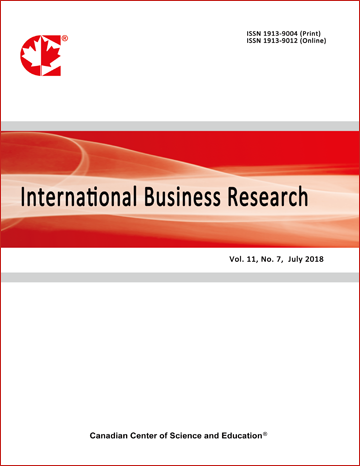OLS-Regression Forecasting Confidence Intervals Capture Rates: Precision Profiling in the Forecasting Model Selection Process
- Frank Heilig
- Edward J. Lusk
Abstract
Forecasting creates projections into an uncertain future. To understand the decision-making implications of the forecast, confidence intervals [CIs] are required. This seems simple enough. However, considering the details of the computations that underlie generating forecasting CIs, one encounters a practical disconnect that can create a decision-making paradox. In the OLS 2-parameter linear regression [OLSR] case, there are two forecasting Models that are often employed: {The Uni-variate Time Series & The Standard two-variable Regression Y:X}. Further, for each of these two Models individually, there are three (1-FPE[α]) %CIs Versions: {Excel, Fixed Effects & Random Effects} each of which is oriented around the same OLSR-forecast value. Given this component configuration, a paradox emerges because each of the forecasting models, {TS or Y:X}, individually produces a forecast with a markedly difference precision profile over the three CI-Versions. In our experience, this is paradoxical as forecasters assume that as the forecasts are the same in each model-class, their Capture Rate—the percentage of time that the actual future values are IN the CIs—should also be the same. To address this seeming paradox, we develop, detail, and illustrate a two-stage OLSR Decomposition and Screening protocol, termed: the [D&S-Triage] protocol that has the following components: (i) Stage A: decomposition of the Model & Version factor-sets to better understand the implications of their Precision differences, and (ii) Stage B: focusing on inferentially significant forecasting model components, create a multilevel quality-algorithm to identify a forecasting model-set that addresses the Quality of the Capture Rate that are the best in their class.
- Full Text:
 PDF
PDF
- DOI:10.5539/ibr.v13n4p14
Journal Metrics
h-index (August 2025): 114
i10-index (August 2025): 1059
h5-index (August 2025): N/A
h5-median(August 2025): N/A
( The data was calculated based on Google Scholar Citations. Click Here to Learn More. )
Index
- ACNP
- ANVUR (Italian National Agency for the Evaluation of Universities and Research Institutes)
- CNKI Scholar
- CrossRef
- EconBiz
- EconPapers
- Elektronische Zeitschriftenbibliothek (EZB)
- EuroPub Database
- Excellence in Research for Australia (ERA)
- Genamics JournalSeek
- Google Scholar
- Harvard Library
- IDEAS
- Infotrieve
- Mendeley
- Open policy finder
- Qualis/CAPES
- RePEc
- ResearchGate
- ROAD
- Scilit
- Technische Informationsbibliothek (TIB)
- The Keepers Registry
- UCR Library
- UoS Library
- ZBW-German National Library of Economics
- Zeitschriften Daten Bank (ZDB)
Contact
- Kevin DuranEditorial Assistant
- ibr@ccsenet.org
